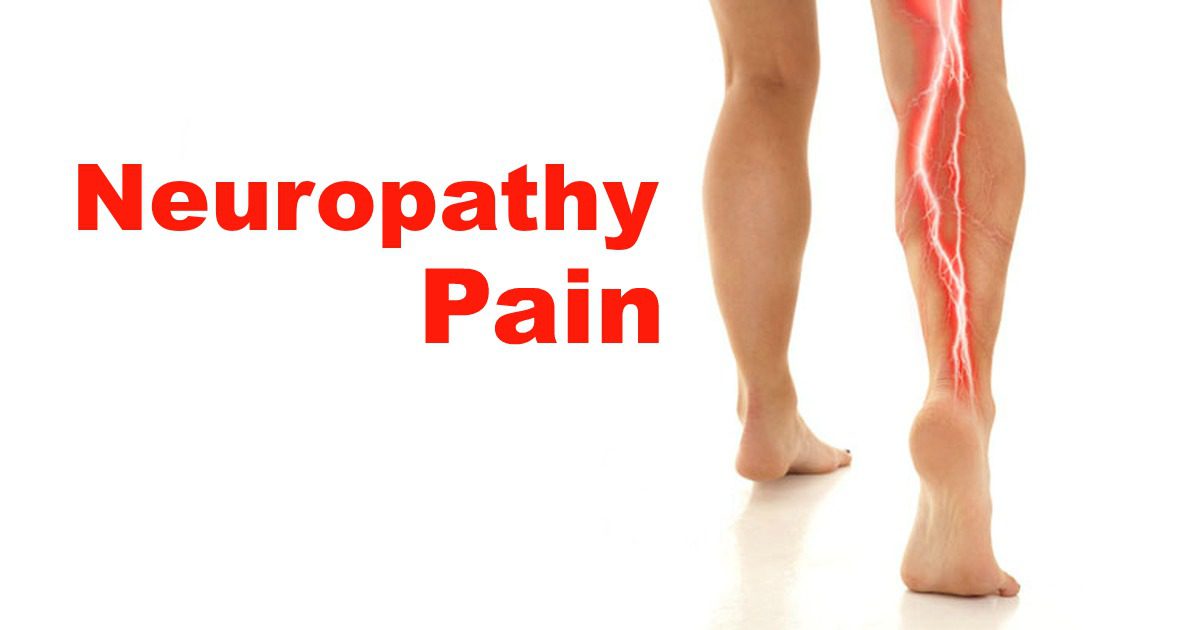Market Overview:
The U.S. Neuropathic Pain Treatment market is estimated to be valued at US$2,064.9 million in 2022, with a projected Compound Annual Growth Rate (CAGR) of 4.8% from 2022 to 2030. This market is driven by the increasing prevalence of neuropathic pain in the United States and the growing demand for advanced treatment options. Neuropathic pain is a complex condition that arises from damage to the nervous system, leading to chronic pain that can be debilitating for patients. To cater to this significant healthcare need, key players such as Teva Pharmaceutical Industries Ltd., Eli Lilly and Company, and Johnson & Johnson are actively developing innovative solutions to provide effective pain management.
Market Dynamics:
The U.S. Neuropathic Pain Treatment market is influenced by two key drivers: increasing patient pool and technological advancements.
1. Increasing Patient Pool: The rising incidence of diabetes, cancer, and other chronic diseases contributes to a larger patient pool suffering from neuropathic pain. These patients require effective pain relief to enhance their quality of life. For instance, diabetic neuropathy affects approximately 50% of diabetic patients in the U.S., creating substantial demand for neuropathic pain treatments.
2. Technological Advancements: Improvements in understanding the pathophysiology of neuropathic pain have paved the way for the development of more targeted therapies. Advancements in medical devices, pharmaceuticals, and regenerative therapies have expanded the treatment options available to patients, driving market growth.
Market Key Trends:
One key trend shaping the Global U.S. Neuropathic Pain Treatment Market is the increasing adoption of combination therapies. By combining multiple approaches, such as pharmaceuticals, physical therapy, and cognitive-behavioral therapy, healthcare professionals can provide comprehensive pain management plans tailored to each patient’s needs. This approach can address the multiple factors contributing to neuropathic pain, resulting in better outcomes.
SWOT Analysis:
Strength: The U.S. Neuropathic Pain Treatment market benefits from a robust healthcare infrastructure and a strong presence of key market players, enabling efficient diagnosis and treatment of neuropathic pain.
Weakness: Limited awareness and underdiagnosis of neuropathic pain pose challenges to market growth. Many patients may not seek medical attention or receive accurate diagnoses, preventing them from accessing appropriate treatments.
Opportunity: Technological advancements, such as the development of non-invasive pain management devices and regenerative therapies, open new avenues for innovative treatment options.
Threats: Stringent regulatory requirements and high costs associated with research and development pose barriers to market entry for small players. Additionally, the availability of generic drugs may impact the profitability of branded treatments.
Key Takeaways:
– The U.S. Neuropathic Pain Treatment market is expected to witness high growth, exhibiting a CAGR of 4.8% over the forecast period, driven by the increasing patient pool and technological advancements.
– Regional analysis indicates that the United States is the fastest-growing and dominating region due to its advanced healthcare infrastructure and high prevalence of neuropathic pain.
– Key players operating in the market include Teva Pharmaceutical Industries Ltd., Eli Lilly and Company, Johnson & Johnson, Dr. Reddy’s Laboratories Ltd., Pfizer, Inc., Cipla Inc., Lupin Limited, Averitas Pharma, Inc., NeuroBo Pharmaceuticals, Inc., LEXICON PHARMACEUTICALS, INC., Asahi Kasei Corporation, Vertex Pharmaceuticals Incorporated, and Biogen.
In conclusion, the U.S. Neuropathic Pain Treatment market is poised for significant growth due to the increasing demand for advanced therapies and the rising patient population. This market offers opportunities for key players to develop innovative solutions and meet the unmet needs of patients suffering from neuropathic pain.




